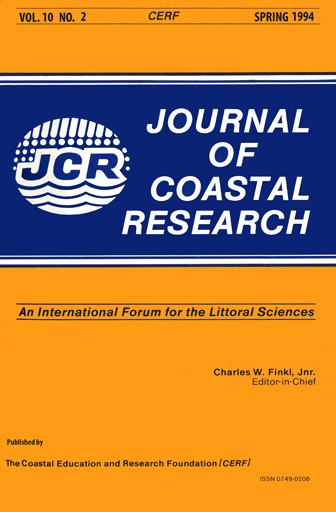Bottom Sediment Patterns Evolving in Polluted Mariut Lake, Nile Delta, Egypt
Keywords:
Alexandria, bottom sediments, carbonate crusts, eutrophication, grain size analysis, lagoons, Mariut Lake, Nile Delta, pollutionAbstract
Bottom sediments in surficial and short-core samples collected in different parts of highly polluted Mariut Lake, Nile Delta, Egypt, record the increased anthropogenic influence during the past century. The study is based on identification of lithofacies in short-core sections integrated with petrographic analyses of grain size and composition of the sand-size fraction in both core and surficial samples. Most Mariut lacustrine subfacies that date back to the last century are similar to those in modern Nile Delta lagoons (Idku, Burullus, Manzala), and also to older lagoon deposits examined in Holocene core sections. During this century, the lake has become artificially separated into three distinct regions, each with different petrologic attributes. These differences are a function of both natural and man-influenced factors in the three settings: sabkha-desert conditions prevail in the topographically most isolated western sector southwest of Alexandria; totally enclosed artificial salt ponds in the central sector, south of Alexandria's industrial complex, into which waters are pumped from the sea; and much lower salinity sub-basins in eastern Mariut which receive larger amounts of fresh water, much of it polluted, through a series of canals, sewage outfalls and drains. With time, there have been lake-wide changes such as decreased proportions of benthic fauna, including molluscs. Marked variations related to specific sub-basins include the formation of very dark, distinctly layered sediment subfacies in central Mariut, and deposits rich in bio-precipitate carbonate and plant debris in the eastern part of the lake. These latter water plant-related carbonate crusts are herein interpreted as indicators of increased pollution and eutrophication. The much increased domestic, industrial and agricultural wastes discharged into Mariut, particularly in eastern sub-basins, have serious potential consequences for the large, rapidly growing population of the Alexandria region. Closely integrated sedimentological and geochemical study of bottom sediments should be carried out to carefully monitor anthropogenic-related changes.


